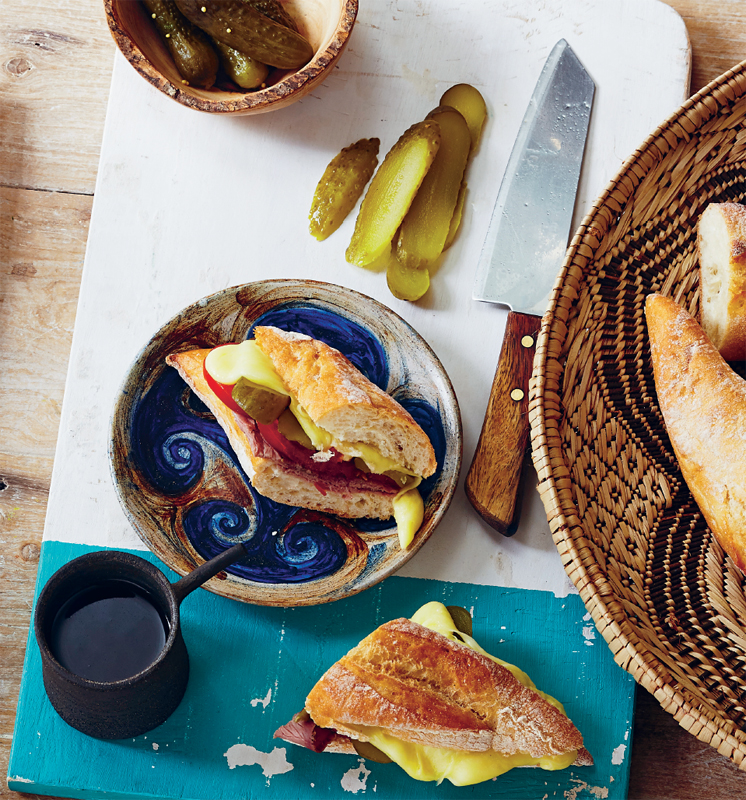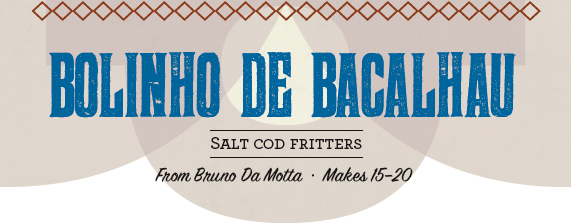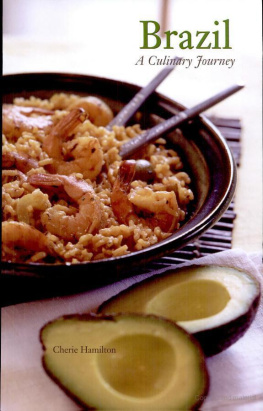
Brazil has a fascinating multicultural past. The land was home to the native Indians before the Portuguese arrived, bringing with them centuries of European tradition and the largest number of African slaves in history. This unprecedented combination of cultures fused in a unique way that is today reflected in dishes across the country. Last century, new waves of European and Asian migrants from countries such as Poland, Lebanon, Japan and Korea added yet another layer to this bubbling culture of passionate people.
Brazilians have perfected the art of enjoying life and their capacity for fun captures the worlds imagination. It is a nation that loves to celebrate and will use any excuse to do so. Go to any football match, family barbecue, after-work drinks or the famous carnival street parades, and the playful atmosphere is contagious.
Invitations to social occasions in Brazil will specify a start time, but never an end. The parties go on for hours and are usually punctuated by food. At churrascos, the famous Brazilian barbecues, meat is roasted over open flames and served in small portions over long periods. The beach is a social event in its own right, with mobile vendors passing by on foot selling prawn (shrimp) kebabs, grilled cheese, pastries filled with meat, and iced tea. Little bars known as botecos are everywhere and everyone has their favourite. Delicious pesticos, bite-sized snacks, are offered alongside ice-cold beer and the national drink, caipirinha.
Brazil is a country of contrasts and while there are lots of choices for grazing, there are plenty of more substantial dishes too some more casual eateries offer hammocks for patrons to rest in after feasting on the hearty meals they serve. While dishes such as feijoada are simply part of the national identity, others display regional variations. The African slaves brought not just a proud and vibrant culture of food, music, religion and dancing, but also the dend palm, coconut and banana from their homeland. The prolific use of dend oil in the cuisine of the North-East can be seen in the deep red tint of seafood stews known as moquecas, embraced across the country.
Rice, beans and cassava root (usually made into flour) are consumed every day in Brazil. These ingredients, combined with a variety of meat, seafood, river catch and native fruits and vegetables, form the foundation of the cuisine. Meanwhile, the sugarcane plantations introduced centuries ago by the Portuguese not only helped to create a country of sweet-lovers, but are also responsible for Brazils unique sugarcane spirit, cachaa.
In this book we aim to give you a taste of Brazils rich heritage and hope you feel the warm embrace of its people flowing through the recipes contained herein. The dishes are generally easy to prepare and allow for improvisation and spontaneity, both very Brazilian traits. Remember, in true Brazilian fashion, cooking is a joyful experience and always something to be shared, so have fun!
Brazilians make an art out of snacking. Whether it be at home, on the street or at the beach, having food on hand is an essential ingredient of a good time, and gives people the freedom to move about as they catch up with friends and family. But the true temples of petiscos (finger food) are the botecos. These little bars line the streets of every city in the country and range in character from very simple to up-market, although most are humble places. All it takes is somewhere to cook, a place to keep the beer cold and a few plastic chairs and tables on the pavement, and pronto a boteco! Some are just a couple of chairs, while others boast a sea of tables, often of bright yellow plastic.
In every boteco youll find people from all walks of life mixing and mingling, sipping beer or sampling a reputable collection of cachaa, Brazils unique sugarcane spirit. The menu outlines all the house specialities and sometimes trays will circulate for patrons to take their pick. Music is always on the cards and impromptu circles of musicians, known as samba de roda (literally samba circle), can spontaneously pop up, with everyone joining in the singing and dancing.
Boteco food is cherished, and competitions to find the best boteco dish are a hit in many cities. These annual pilgrimages guarantee a fun evening with many pit stops. To win, contenders must score well across a number of categories including the cleanliness of the venues bathroom, staff friendliness, and whether the beer is as icy as it should be by Brazilian standards. Thats what we call a holistic approach!
The streets themselves are something of a culinary treasure-hunt, with street food staples varying from city to city. Since Brazilians use the street as if it were their backyard, grabbing chairs and sitting around the pavements shooting the breeze while the kids play, its no surprise that a lot of food is sold and eaten on the streets: outside churches, in main squares and in markets around town.
Salvador, the heart of Afro-Brazilian culture, is awash with Bahianas (women from the state of Bahia) dressed in religious clothing and cooking up little gems like ). This chewy goodness is served with simple toppings both savoury and sweet such as cheese, shredded coconut with condensed milk, or charque, a type of sun-dried, salted beef found all over the region.
The combination of freshly squeezed sugar cane juice served with a deep-fried pastry, known as pastel (), tambaqui fish barbecue and tacac, a soup made from jambu leaves (which make your mouth go numb) are sold everywhere. In fact, you can create a very healthy diet from Brazilian street food alone.


Bolinho de bacalhau are a national favourite and can be found at bars, markets and street stalls all over the country. This recipe is ideal for making in advance and freezing, and the fritters can be cooked straight from the freezer.
300 G (10 OZ) DRIED SALT COD (SEE )
1 LIME, SLICED
1 LITRE (34 FL OZ/4 CUPS) VEGETABLE STOCK
DASH OF WHITE WINE
500 G (10 OZ) ALL-PURPOSE POTATOES (E.G. DESIREE OR PONTIAC), ROUGHLY CHOPPED
2 TABLESPOONS OLIVE OIL
ONION, DICED
1 EGG, SEPARATED
2 TABLESPOONS CHOPPED FRESH CORIANDER (CILANTRO) LEAVES
PINCH OF SALT
1 TABLESPOON PLAIN (ALL-PURPOSE) FLOUR, OPTIONAL
OIL FOR DEEP FRYING
LIME WEDGES TO SERVE
Soak the cod in cold water overnight, changing the water at least once.
Preheat the oven to 180C (350F). Put the drained cod in a roasting tin and cover with the lime slices. Pour in the stock and white wine. Poach the cod in the oven for 20 minutes. Leave to cool, then gently peel off the skin from the cod and break the flesh in half, removing the spine. Shred the cod with your fingers, removing any bones.
Meanwhile, boil the potatoes until soft, then drain well and mash.
















